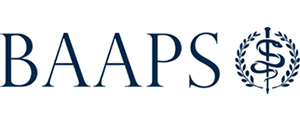VOLTAR
IMCAS Asia 2021
IMCAS Asia 2021
Programa
Adaptar ao meu fuso-horário a agenda da aula/congresso transmitida ao vivo
Fuso-horário de referência: (UTC+08:00) Asia, Shanghai
Apresentações desta sessão
| Horas | Palestrantes | Título da apresentação | Resumo | Número |
| 18:00 | Welcome message from BAAPS | 110587 | ||
| 18:03 | Part 1 - Which strategies? | 112016 | ||
| 18:03 | Strategies to improve fat grafting | 111587 | ||
| 18:15 | Fat grafting in aesthetic facial contouring | Visualizar | 109469 | |
| 18:27 | Autologous fat facial grafting from lipofilling to regeneration | Visualizar | 110588 | |
| 18:39 | Fat grafting in craniofacial reconstruction | Visualizar | 109470 | |
| 18:51 | Chairs questions for speakers | 112020 | ||
| 19:01 | Part 2 - Different experiences from different countries | 112017 | ||
| 19:01 | The versatility of fat transfer in facial surgery: a brazilian perspective | Visualizar | 110568 | |
| 19:13 | Facial fat grafting for dark circles in Indian patients - An analysis of volumes and techniques | Visualizar | 110324 | |
| 19:25 | Chairs questions for speakers | 112019 | ||
| 19:35 | Discussion and Q&A with the audience | 111588 | ||














